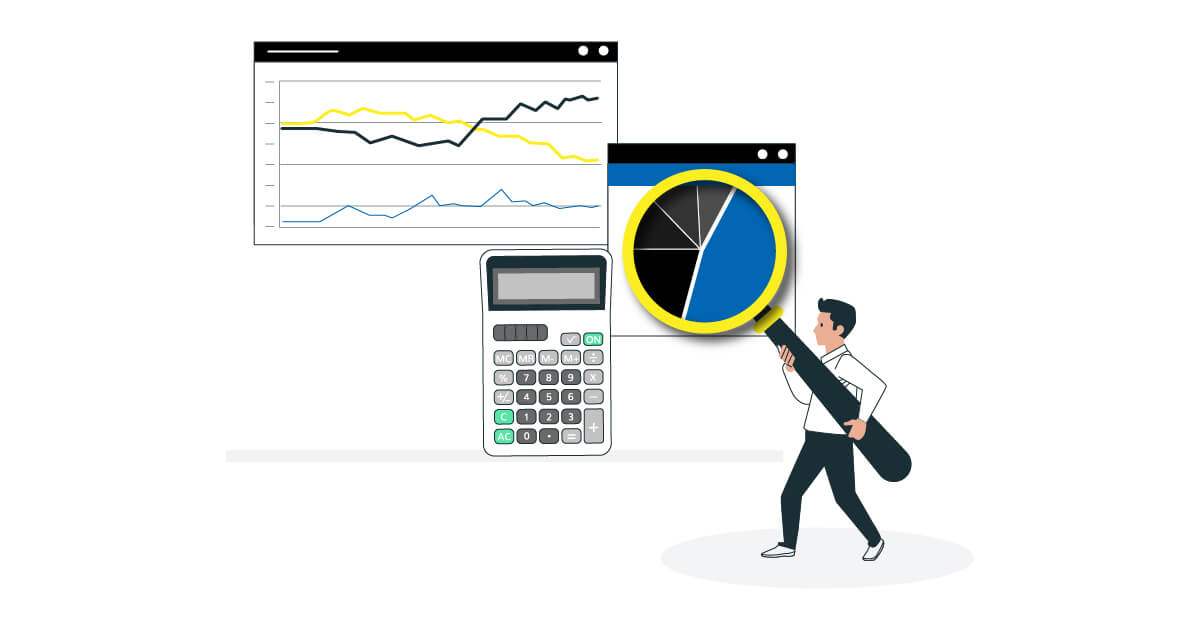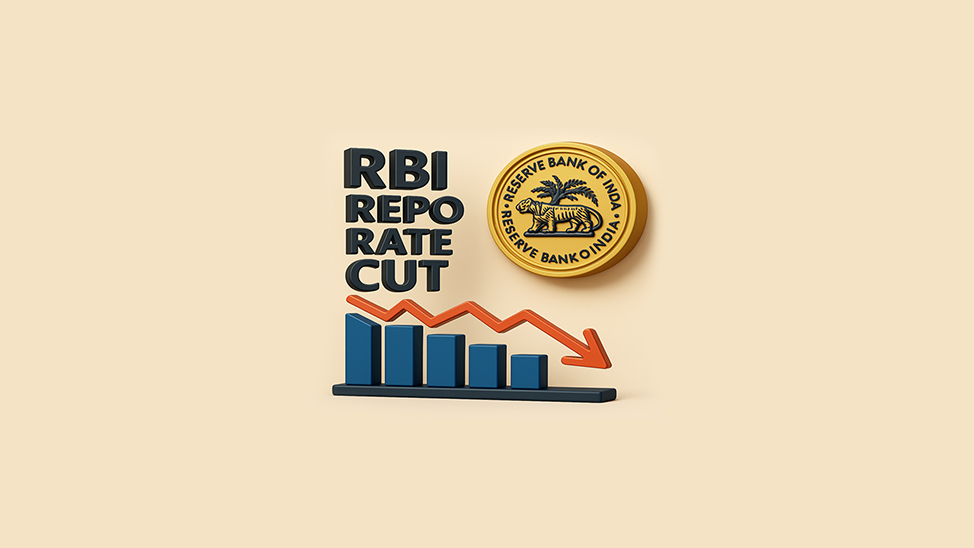Financial Ratios in the Market

- Published Date: January 04, 2021
- Updated Date: January 29, 2025
- By Team Choice
The numbers in a company’s financial statements reveal a lot, and these financial ratios have been created using these numbers to get an accurate picture of the company.
In this blog, we’ll look at some commonly used financial ratios, which you can use to accurately assess a company’s liquidity, leverage, growth, margins, profitability, rates of return, valuation, and more.
Types of Financial Ratios:
- Liquidity ratios
- Leverage ratios
- Efficiency ratios
- Profitability ratios
- Market value ratios
Liquidity Ratios
Measures the company’s ability to pay off Long and Short-term debts.
1 – Current Ratio: measures the company’s ability to pay off its short-term liabilities.
Current ratio = Current Assets / Current Liabilities
2 – Cash Ratio: measures the company’s ability to pay off its short-term liabilities using cash and cash equivalents
Cash Ratio = Cash and Cash Equivalents / Current Liabilities
3 – Operating Cash Flow Ratio: measures the company’s ability to pay off its current liabilities with the cash generated in a particular time-frame.
Operating cash flow ratio = Operating cash flow / Current liabilities
4 – Acid-Test Ratio: measures ability of the company to pay off its short-term liabilities using its quick assets
Acid-test ratio = Current assets – Inventories / Current liabilities
Leverage Financial Ratios
Used to know a company’s debt levels.
1 – Debt Ratio: Measures the company’s assets that come from debt.
Debt ratio = Total liabilities / Total assets
2 – Debt to Equity Ratio: Measures total debt and liabilities against shareholders’ equity
Debt to equity ratio = Total liabilities / Shareholder’s equity
3 – Interest Coverage Ratio: Measures the company’s ability to pay off it’s interest.
Interest coverage ratio = Operating income / Interest expenses
Efficiency Ratios
Measures the efficiency of a company’s utilization of its resources and assets.
1 – Asset Turnover Ratio: Helps calculate a company’s ability to generate sales from its assets.
Asset turnover ratio = Net sales / Average total assets
2 – Inventory Turnover Ratio: Calculates the number of times a company’s stock (inventory) is sold and replaced within a given time period.
Inventory turnover ratio = Cost of goods sold / Average inventory
3 – Accounts Receivables Turnover Ratio: Measures the no. of times a company can roll it’s receivables into cash over a given period of time.
Receivables turnover ratio = Net credit sales / Average accounts receivable
Profitability Ratios
Measures a company’s ability of income generation in relation to its revenue and operating expenses.
1 – Gross Margin Ratio: is used to find the gross margin that a company makes by dividing the Gross Profit with the total sales made.
Gross margin ratio = Gross profit / Net sales
2 – Operating Margin Ratio: Measures the operating efficiency of the company.
Operating margin ratio = Operating income / Net sales
3 – Return on Assets Ratio: Measures a company’s efficiency in utilizing its assets to generate profit.
Return on assets ratio = Net income / Total assets
4 – Return on Equity Ratio: Measures the company’s utilization of its equity to generate profit.
Return on equity ratio = Net income / Shareholder’s equity
Market Value Ratios
Helps evaluate a company’s stock price.
1 – Book Value Per Share Ratio: Calculates per-share value of the company.
Book value per share ratio = (Shareholder’s equity – Preferred equity) / Total common shares outstanding
2 – Dividend Yield Ratio: Measures the amount paid as dividends to shareholders in relation to the company’s current stock price.
Dividend yield ratio = Dividend per share / Share price
3 – Earnings Per Share Ratio: Calculates the total income against each share.
Earnings per share ratio = Net earnings / Total shares outstanding
4 – Price-earnings Ratio: Calculated by dividing the company’s share price by its earnings per share. Price-earnings ratio = Share price / Earnings per share
Recommended for you

Triple Top Pattern Explained: How to Spot and Trade Market Reversals

RBI Repo Rate Cuts by 50 BPS to 5.50%

List Of Mutual Funds with No Exit Load
